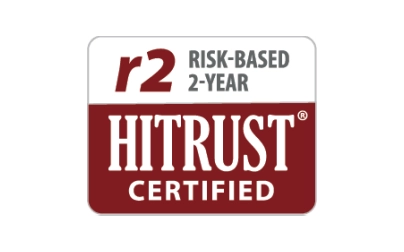When you pick up a call as a telehealth nurse, you never know what the person on the other end might be facing. All you know for sure is that you want to help.
Most times, you have all the knowledge and resources on hand and can provide a solution or suggest next steps. But sometimes, you have to go above and beyond and respond to needs that are outside of the norm. This is a story about one of those times during the COVID-19 pandemic.
It’s a story about how two Carenet Health telehealth triage nurses collaborated with a patient’s existing healthcare provider to resolve a pressing issue. And how the team didn’t stop there. They also developed a long-term plan for future patients facing this same dire need.
The need? It’s as basic as it gets: food.
The call came into a health system’s patient service center, or Virtual Clinic, triaged by a Carenet telehealth nurse. The client is a multi-state health system with a number of medical clinics that serve a large population of elderly patients on Medicare.
This particular call was no ordinary call though. This one touched the hearts of everyone involved.
One of our newly hired nurses, Anitra Sanders, registered nurse (RN), reached out to the Carenet clinical operations team one Sunday to report that she had a patient on the line who had no food, was very distraught and needed help right away. With job losses, isolation directives and shortages at grocery stores thanks to the pandemic, this is becoming a more likely scenario.
Although Anitra had already helped many people in her new-to-Carenet telehealth nursing career, she had not experienced a call from a patient who was struggling with a lack of food. Tenured Carenet RN Mirtha Escobar offered her assistance as they teamed up to address the challenge.
As Anitra continued to visit with the patient and ease her fears, Mirtha began to call local food banks, churches, clinics and even grocery stores in the patient’s local area to find resources. After having tried various resources with no solution, Mirtha reached out to one of the clinic’s on-call providers to ask for any further suggestions to help.
Between the Carenet nurse and the provider, they found a restaurant nearby that would deliver a meal to the patient. Mirtha arranged for this and even paid for the meal and delivery herself.
The patient’s primary care provider was informed of the patient’s call on Monday morning and was able to assess the patient’s long-term food insecurity and needs.
After this incident, both nurses explained that they just knew the patient needed more help than what was readily available through “typical” telehealth. They never questioned the desire to go above and beyond to help. “It was just the right thing to do,” Mirtha said.
Since this call, the health system has established a robust list of resources and job aids for the telehealth team specifically in response to the growing need for food assistance, food delivery, social worker referrals and non-profit resources.
This heartwarming patient interaction—and the kindness demonstrated by the nurses and provider—definitely had a ripple effect in more ways than one. It shined a light on the need for these kinds of resources and brought it to the forefront for the Carenet client. Most of all, it gave a face to those in need, as well as those who give their all to help.
A special thanks to all of our outstanding Carenet Health nurses, care coordinators, patient service representatives and clinical management teams for their tireless work every day.


